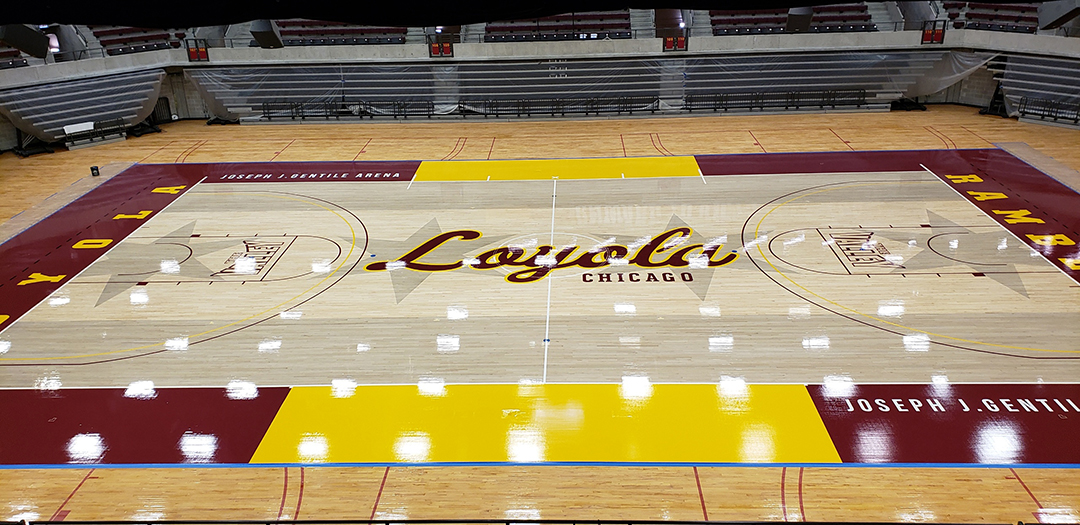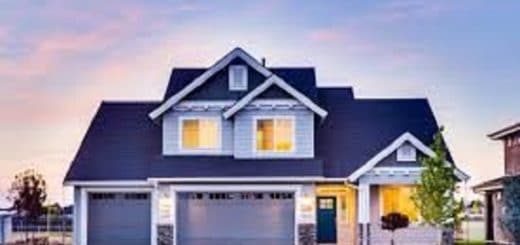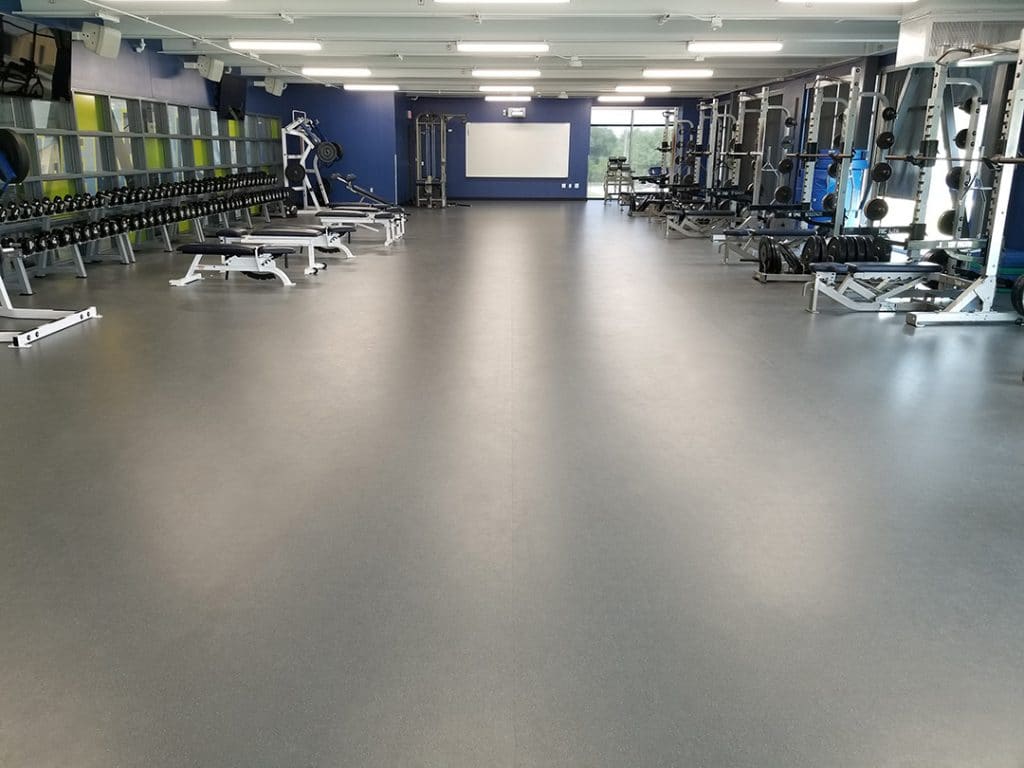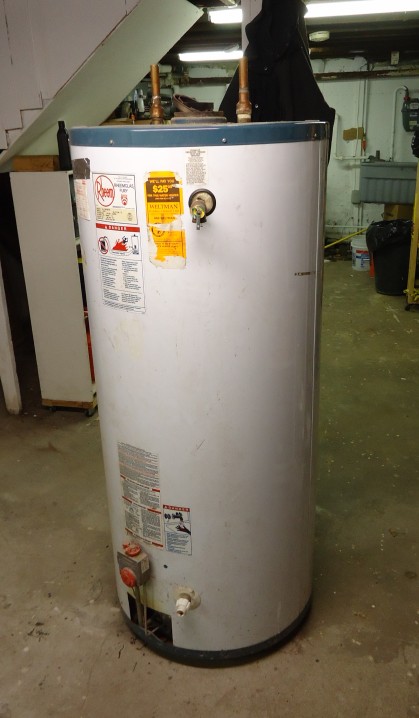Restoring A Water Damaged Wood Gym Floor
Water damage significantly shifts the functionality and appearance of a wood court. Instead of a polished, flat surface upon which athletes may effortlessly compete, a water damaged gym floor takes on a distorted look, and, in severe cases, develops peaks. A water damaged gym floor becomes impractical.
What are causes of water damage?
Excessive moisture may seep into wooden courts from a number of common sources. Wet mopping, especially along gaps in the floorboards, allows water to access the undersides of the flooring. High relative humidityRelative humidity (RH) is the percentage of moisture in the ... More levels as well as surface moisture also contribute to water damaged gym floors.
Less common—but equally disastrous—reasons gym floors may be submerged in water include instances when the gym’s plumbing pipes haphazardly burst, the facility roof leaks, the building’s sump pump fails and severe thunderstorms or hurricanes cause massive indoor floodingFlooding is the overflow or accumulation of water in areas t... More.
Why do gym floors warp after water damage?
When wooden floorboards absorb moisture, the wood both expands and contracts. Cupping and crowning are two potential outcomes of excessive and prolonged moisture penetrating the hardwood court. Once wood undergoes expansion, it will fail to return to its original position.
When moisture infiltrates wooden floors, the planks run out of space to expand horizontally. The edges are forced to expand upward, which is known as cupping. The moisture at the bottom of the wooden floors is greater than the top portion, leading to an imbalance in water content.
Crowning occurs when water seeps into the wood and causes the floorboards to swell in the center. This scenario is the direct opposite of cupping: Moisture at the floor’s base is lower than the water content along the top. Similar to cupping, crowning is caused by an imbalance of moisture.
A water damaged gym floor is also prone to an invasion of mold. MoldMold is a type of fungus that grows in damp or humid conditi... More sporesSpores are microscopic reproductive units of fungi or mold t... More are notorious for weakening the structural integrity of wood, and hardwood floors are no exception. MoldMold is a type of fungus that grows in damp or humid conditi... More growth is a health risk that only amplifies the ruin of a water damaged court.
What should be the initial response to water damage?
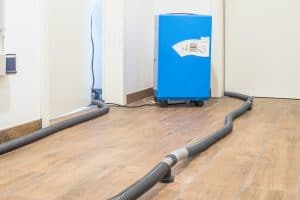 Timing is key when assessing whether or not a water damaged gym floor may be salvaged. A minor spill, such as water dropped on the floor, that is suctioned up quickly with a shop vac will result in very little damage to the overall structureStructure refers to the framework or components of a buildin... More of the wooden floor.
Timing is key when assessing whether or not a water damaged gym floor may be salvaged. A minor spill, such as water dropped on the floor, that is suctioned up quickly with a shop vac will result in very little damage to the overall structureStructure refers to the framework or components of a buildin... More of the wooden floor.
When water sits upon the wood’s surface over an extensive period, the moisture has the chance to reach the sublevels of the floor and cause major destruction. Facility managers who ignore water accumulation or are uncertain about actions to take are subject to dealing with disaster.
The finish that seals the gym floor also significantly affects its resistance to water damage. Several coats of finish will protect the hardwood floor from minor spills. A brand-new gym floor, however, is more susceptible to water damage; water easily penetrates between the floorboards.
Halting the source of moisture is the most critical step in potentially saving the hardwood gym floor. Allow the floorboards to equalize prior to beginning any restorationRestoration is the process of returning a property to its pr... More activities. This is an important step that helps to prevent additional damage to the planks of the water damaged gym floor.
How can cupping and crowning be fixed?
Dehumidify the area to reduce the moisture contentMoisture content is the amount of water present in a materia... More in the wooden floorboards. Place multiple large fans and blowers in the gym, taking care to direct the air toward the water damaged areas. Dehumidification will dry the concrete under the wood but will do little to salvage the wood.
Sanding a cupped or crowned gym floor is often a go-to remedy for water damaged wood. The process of sanding removes the coats of finish along the top of the wood. Moisture then has an easy escape route through the top of the wooden flooring.
Even sanding, while seeming to be an effective remedy at first, has its drawbacks once the wood fully dries. Sanding cupped planks leads to them initially looking flat. But when the wood dries, the cupped edges will have actually lowered, resulting in wood that takes on a crowned appearance.
Facility managers know whether or not the water damaged gym floor can be salvaged by examining the floorboards. Minor cupping may be addressed adequately with a powerful dehumidification process. Wooden planks that pop out, however, require nothing short of a replacement.
Remember that cupped or crowned hardwood planks are distorted by moisture. The wood will fail to return to its original form. When cupping occurs, the boards should be replaced prior to beginning the sanding and refinishing process. Extreme cases warrant a full gym floor replacement.
Suctioning up excess water with a shop vacuum, setting up fans on full blast and checking for moldMold is a type of fungus that grows in damp or humid conditi... More growth only goes so far when it comes to salvaging a wooden gym floor. In order to regain complete usage of the gym, the water damaged flooring should undergo a replacement.
Kiefer USA Gym Flooring
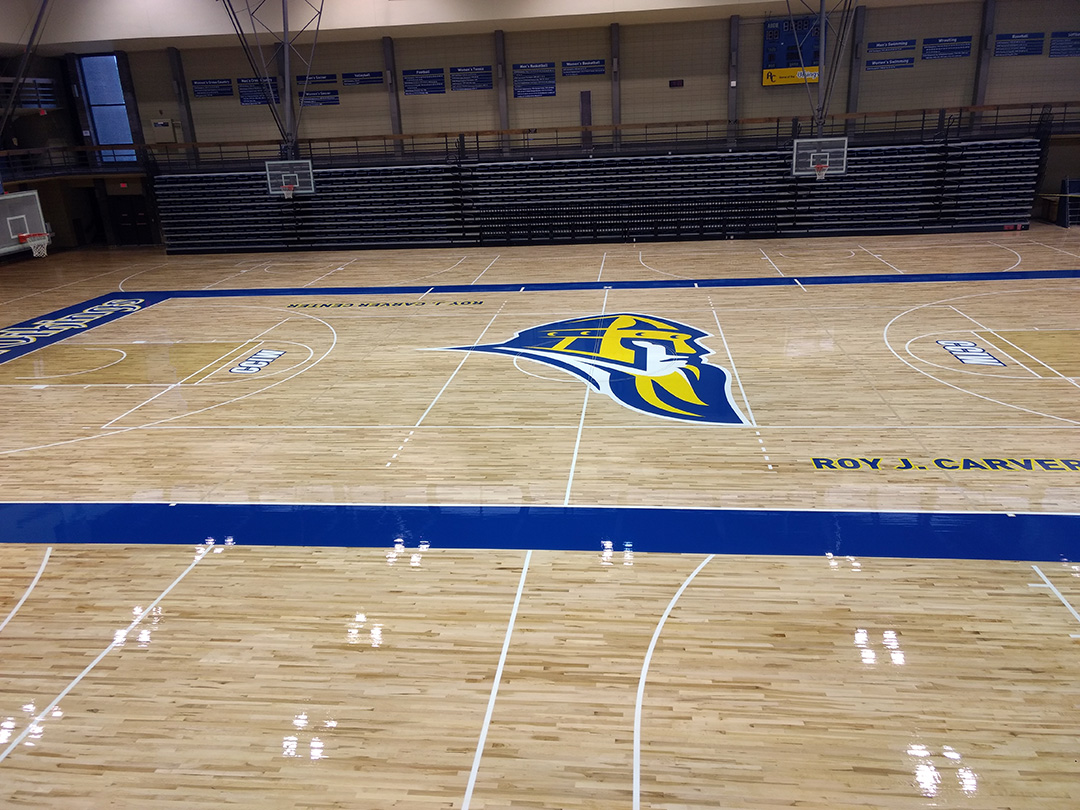
Photo: KieferUSA
When unanticipated moisture leads you to hunt for the next best gym flooring supplier, look no further than Kiefer USA. We deliver high-performance hardwood gym floors. Our installers have fitted major universities, high schools and elementary schools with the finest gym floors available on the market.
The selection of Kiefer USA gym floor products is comprehensive, ranging from STEM tested maple flooring to enhanced resiliency floating subfloorThe subfloor is the foundational layer beneath flooring mate... More systems to portable systems designed for frequent installation and removal. We offer premium gym floors that are also visually appealing.
Not only do we offer the best in hardwood gym floors, but the Kiefer USA team provides coaches and facility managers with the highest-quality service. We’ll assist you with every stage of replacing your hardwood gym floor, from the initial stages of design to the final installation.
Choose Kiefer USA to handle every phase of your next hardwood gym floor replacement. Our friendly representatives are available to provide you with all the essential information and fully assist you through the process of laying a sparkling new gym floor in your court.










